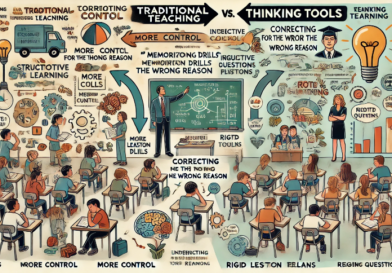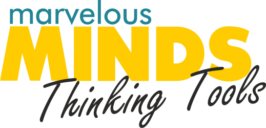Traditional teaching practices attempt to fix what is wrong using solutions that do not address the root causes, leading to regression rather than progress.
| Problem | Wrong reason | Why This Is Moving Backward | Thinking Tools Approach: |
| Students don’t pay attention when the teacher explains | Enforce stricter rules, demand silence, or increase punishment. | Create compliance, not engagement. The real issue is that students are not cognitively engaged because passive listening does not align with how the brain learns. | Transform teaching into an active, brain-compatible process. Engage students with questioning techniques and structured vision to clarity scaffolding. |
| Large classes make teaching difficult | Introduce rigid lesson plans and scripted teaching methods to maintain control and uniformity. | Ignores individual learning needs and turns teachers into content delivery machines, leading to disengagement and ineffective learning. | Foster self-directed learning. Reducing teacher workload while increasing cognitive ownership. |
| Large classes make teaching difficult | Reducing the student-to-teacher ratio in a way that appears manageable with available resource | Spreading students across different spaces won’t change the fundamental issue of students being passive recipients rather than active participants. | Shift from teacher-led instruction to student-driven exploration. |
| Test answers suggest learners were not in the same class as the teacher | More drill-and-practice, more repetition, and more standardized testing to ensure understanding | Memorization drills do not develop deep understanding. If students do not see meaningful connections, they will forget content soon after the test. | Prioritize formative assessments where understanding is built iteratively rather than tested. Results of standardized tests are water under the bridge. |
Fixing the problem right for the right reason
Correcting the wrong for the wrong reason keeps education stagnant. To move forward, educators must rethink the why behind their methods. Thinking Tools shift the focus from control to cognition, from memorization to meaning, and from compliance to curiosity—the real drivers of effective learning.







